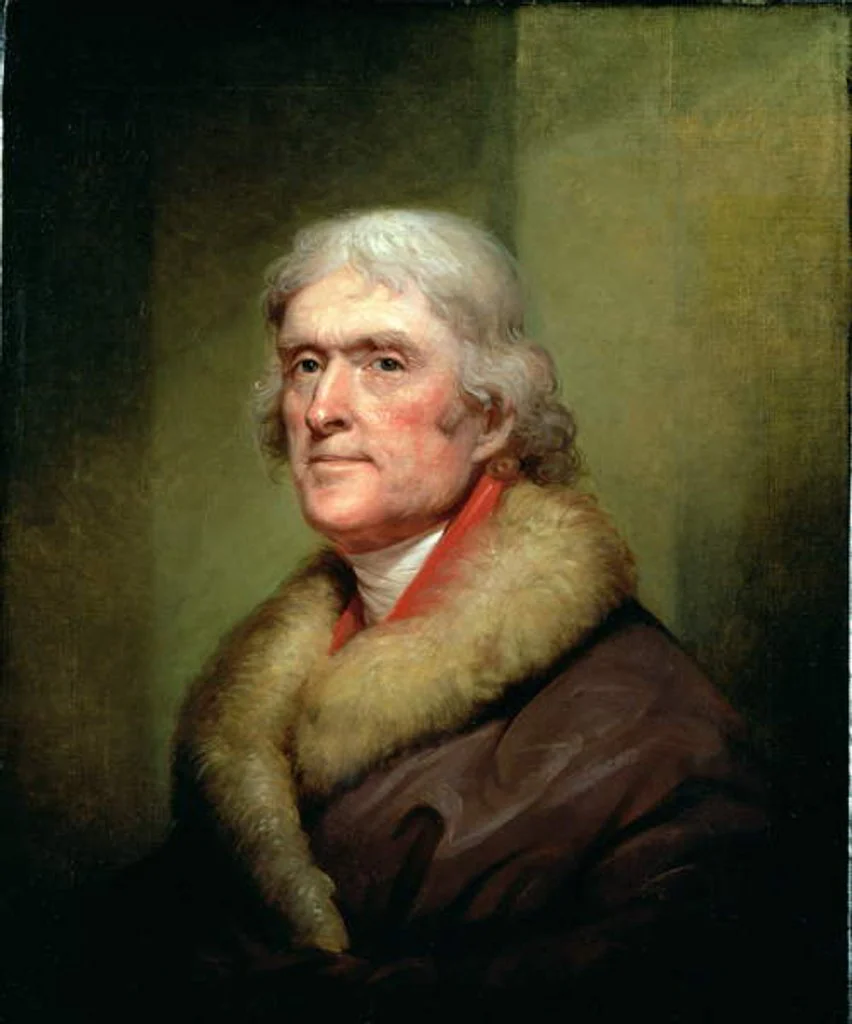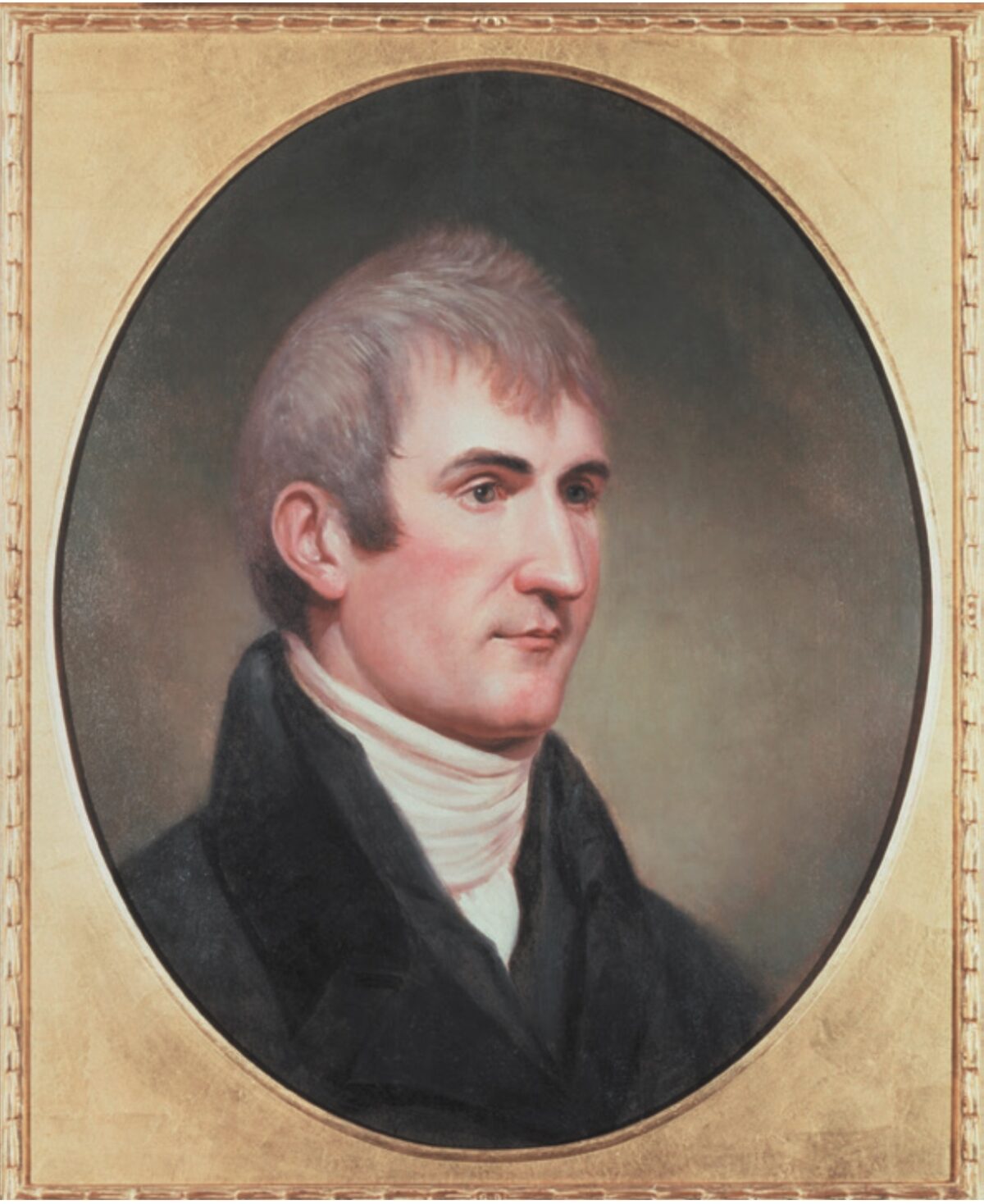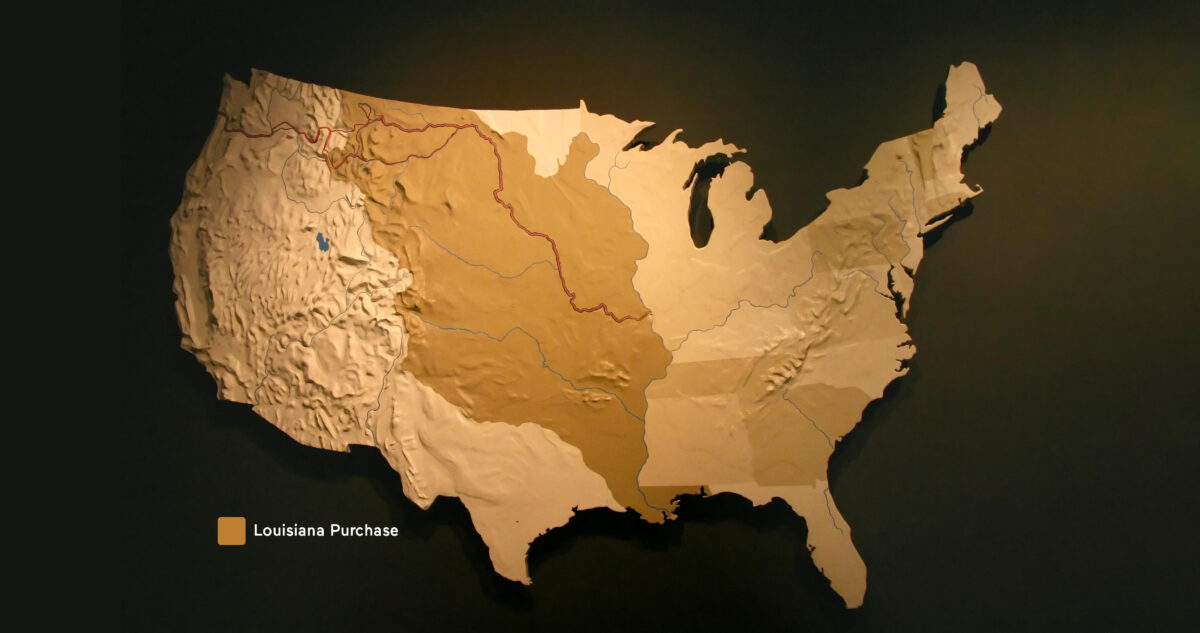While the election of 1800 was in full swing, a significant event was taking place between France and Spain regarding Louisiana. Owning lands west of the Mississippi River, most notably the port city of New Orleans, Spain had long allowed American trade access to this vital hub. However, under Napoleon Bonaparte’s leadership, it appeared as if the situation would change dramatically for Americans, without their knowledge.

Incidentally, Thomas Jefferson and his running mate, Aaron Burr, from the newly established Democratic-Republican Party received an equal number of votes in the election. This created a constitutional crisis that was eventually resolved by the House of Representatives. With Alexander Hamilton’s help, Jefferson secured the presidency, while Burr became vice president.
This early political crisis led to the creation of the 12th Amendment, which required state electors to “vote by ballot for President and Vice-President… [and] they shall name in their ballots the person voted for as President, and in distinct ballots the person voted for as Vice-President.
Before Thomas Jefferson assumed office, he considered the vast unknown lands west of the Mississippi River, even speculating about the existence of wooly mammoths along the Pacific coast. His curiosity led him to hire a young family friend, Meriwether Lewis, as his personal secretary.

Lewis excelled in the U.S. Army and had been briefly under William Clark’s command. Clark was first enlisted in the Kentucky militia before being commissioned by President George Washington as a lieutenant in 1792. His skills in leadership and marksmanship led him to command the “Chosen Rifle Company.” The relationship between Lewis and Clark would have lasting consequences.
Throughout Jefferson’s first year in office, France denied rumors about a Franco-Spanish treaty involving Louisiana. However, Secretary of State James Madison obtained a copy of the treaty in November 1801, revealing the truth. Napoleon sought to establish the French Empire in the west, starting with Haiti’s Saint-Domingue and eventually encompassing all of Louisiana.
Before the treaty was ratified, plans for the expedition were well underway. Gathering supplies and selecting the crew were crucial tasks. Lewis first selected his friend and former commander William Clark as a co-commander. The remaining crew members would be chosen based on their keen eyes and skills.

The mouth of the Wood River was located near the confluence of the Missouri and Mississippi rivers. Here, they established Camp Dubois, which served not only as a winter camp but also as a trial run for the entire expeditionary crew. The crew would test their abilities to build campsites, hunt, work on river vessels, and survive harsh weather conditions. For instance, on January 4, 1804, the temperature inside Clark’s hut was a frigid 20 degrees Fahrenheit, which was still 40 degrees warmer than outside.
While winter progressed toward spring, the Spanish royal consent never arrived. One reason seemed to be that no one knew the exact boundaries of the Louisiana Territory. Despite not receiving permission, the Corps of Discovery decided to proceed with their journey.
On May 14, 1804, exactly 220 years ago from today, 45 men embarked on a 28-month, 8,000-mile-plus expedition from Camp Dubois, led by Lewis and Clark. This voyage would come to be known as the famous Lewis and Clark Expedition.



